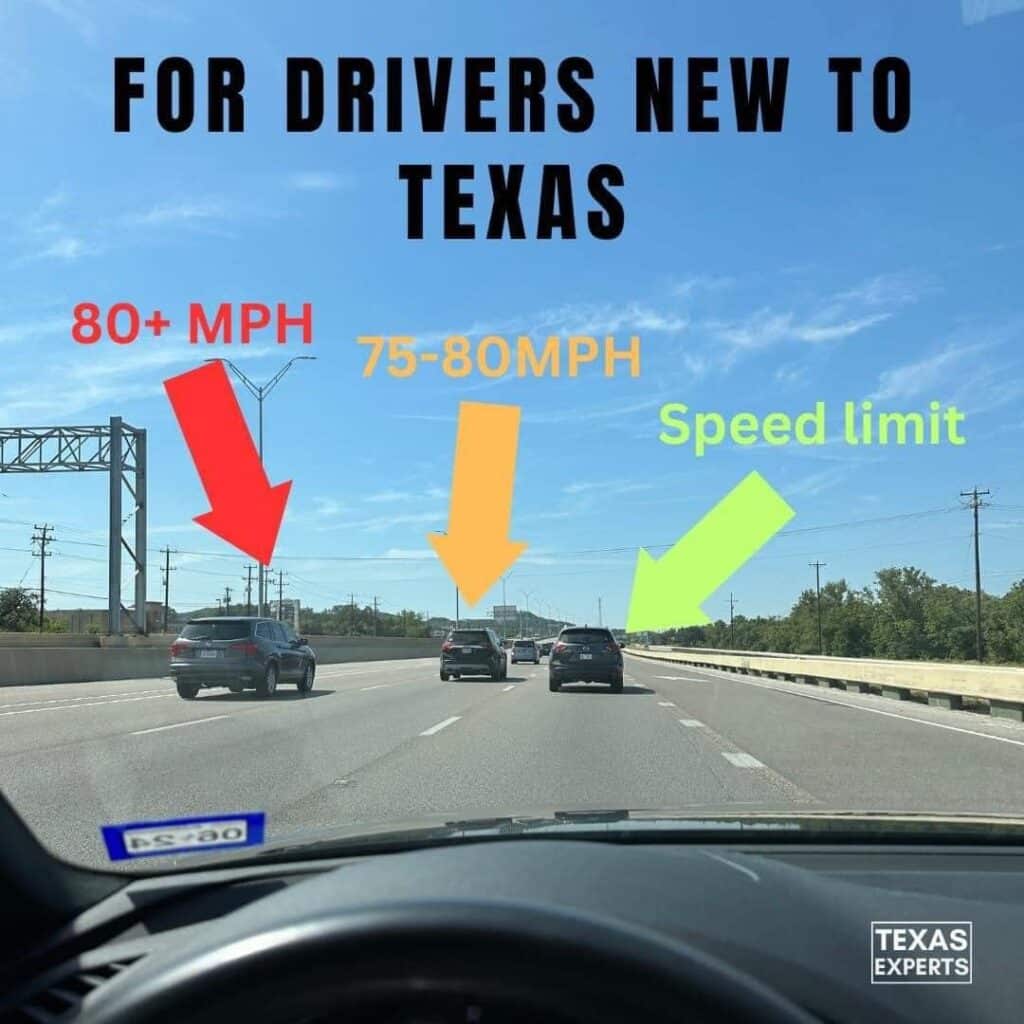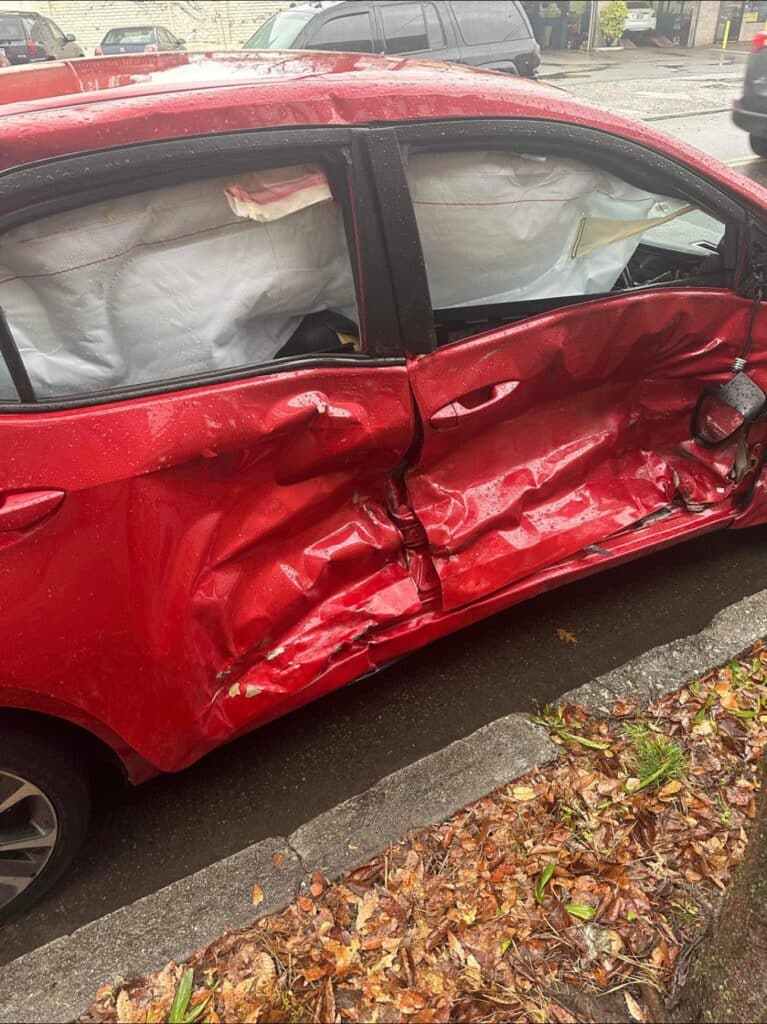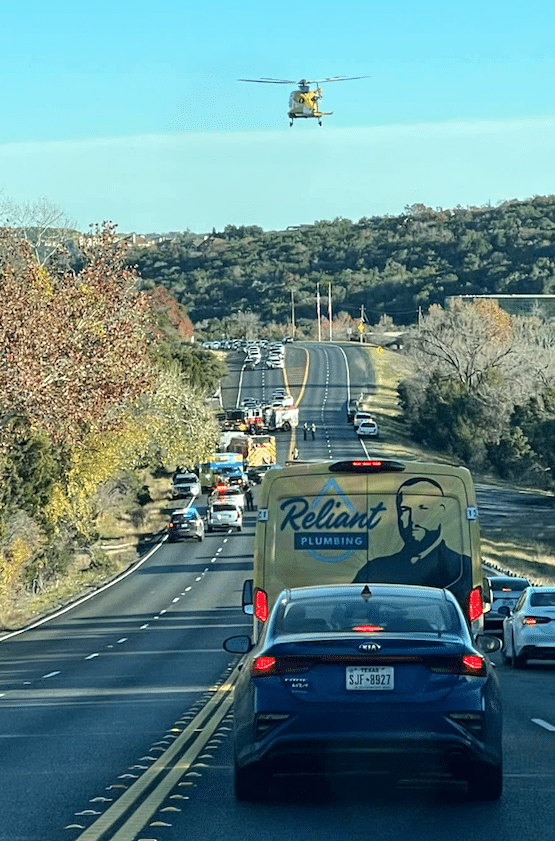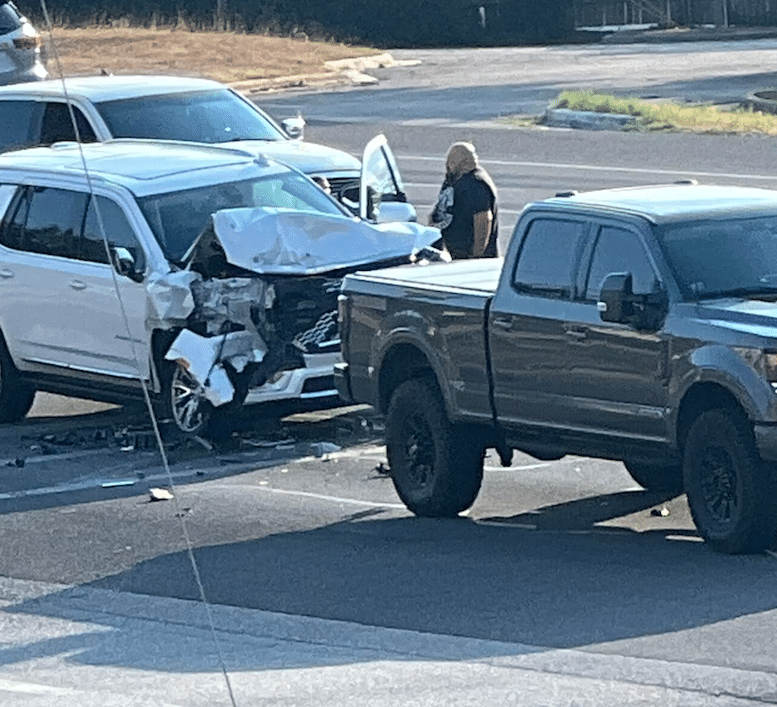Negligence: Do You Have a Case?
How Negligence Works in Texas Personal Injury Cases
Written by Funk & Associates Personal Injury Lawyers
Negligence may seem like a simple concept.
If someone didn’t do what they were supposed to, they’re probably negligent, right?
In Texas, however, negligence has a specific legal meaning. It is behavior that falls below a required standard to protect people against an unreasonable or unsafe risk of harm.
This behavior generally involves actions (or failures to act) when there was a legal duty to protect others.
In personal injury cases here at Funk and Associates, we usually talk about negligence in terms of car and truck accidents.
And here’s something many of our clients are surprised to learn:
Even if the accident was actually partly your fault, you might still be eligible for damages!
“Damages” are money (compensation) received for loss or injury caused by the wrongful act of another person. But under Texas negligence laws, even if you are partly at fault in a car accident, you may be eligible to recover a percentage of your total damages.
Let’s take a closer look at negligence and fault so you can decide if you have grounds for legal action.
5 Elements of Negligence in Texas
There are five elements necessary to prove negligence in a Texas personal injury case. These criteria have to be met in order for a driver to be found negligent.
#1 Duty of Care
Duty of care is the assertion that someone should have acted, or taken care, to prevent injury. A store owner has a duty of care to ensure that their building is stable and won’t fall on customers. But if a person goes into an abandoned building that has “No Trespassing” signs posted, the owner of that building likely does not have a duty of care to protect trespassers; they took the steps necessary to discourage anyone from entering by posting trespassing signs.
Here’s another example: Say a commercial truck driver fails to properly secure a load before heading to the next delivery. While driving, a heavy object falls from his trailer and causes a multiple car collision.
The first question that must be answered is whether the defendant owed a duty to the motorists involved in the crash.
#2 Breach of Duty
Breach of duty is when a person fails to fulfill their duty of care.
In the commercial truck driver’s example, a jury would have to decide why and how the truck driver failed to properly tie down his cargo. If the driver properly tied down the load, but the ties broke during transit, perhaps another party should be held responsible. For example, the manufacturer of the equipment that was used to secure the load.
The negligent party “breaches their duty” by failing to exercise reasonable care in fulfilling the duty. If we can establish that they knew about the risk posed by the unsecured load, it’s a major step towards proving negligence.
#3 Cause in Fact
Cause in fact is often called a “but-for” analysis, meaning, but for the defendant’s act or omission, would the plaintiff’s injury have happened?
You must then prove that the breach of duty was the cause in fact, or direct cause, of the injury. If the duty of care was followed, the injury would not have happened in the first place.
If the load on the truck was properly secured, but another car ran into the truck, causing the truck to run into your car, your injury was not caused by the truck driver or the trucking company. In this case, the truck driver and the trucking company had no knowledge of the danger. They did not directly cause your injuries, and cannot be found liable.
#4 Proximate Cause
Proximate cause claims that any reasonable person would have been aware of the risks posed by the breach of duty. The trucking company would have known that an unsecured load could cause injury to other drivers, and would have taken action to prevent it from happening.
A trucking company would not expect the chains and ropes used to secure a load to fail and break (assuming they were properly used). In that case, the trucking company probably can’t be found liable, as they wouldn’t be expected to take action to prevent that from happening.
#5 Damages
You (the victim) must prove that you sustained damages from the accident. These may include pain and suffering, lost income, or medical expenses. If you sustained no injury or suffering, you likely would not be able to take action against the person who caused the accident. If no damage was done, there is no compensation needed.
Generally speaking, without understanding each element and how to successfully prove each requirement in a court of law, an attorney can’t hold a plaintiff legally responsible for any resulting harm caused by their unsafe actions.
What is Comparative Negligence? Here Are Some Examples
A person injured in an accident must prove that the other party is at fault to get any compensatory damages.
Comparative negligence is a legal principle applied in personal injury claims to decide who is at fault in an accident.
If more than one person is at fault for the injuries, each party is responsible for compensating the victim based upon the percentage of responsibility.
In each of the instances below, there is shared fault.
- A driver on Koenig Lane turns without signaling. An 18-wheeler, following too closely, causes a collision.
- A University of Texas co-ed runs across the Drag without warning and is hit by a truck that is driving WAY over the speed limit.
- A customer in line at Franklin Barbecue is texting on their phone when they slip and fall on an unmarked spill.
- An Uber driver makes a left turn and hits a Lyft driver, who happens to be speeding. In this case, the Uber driver is likely to be found majority at fault for making an unsafe turn. But the Lyft driver will share some percentage of responsibility, because he was going too fast.
The award you receive in a personal injury claim depends on the degree to which your own negligence caused an accident and injury.
Texas caps comparative negligence compensation at 50 percent, which means you can’t pursue compensation from the other party if you are more than 50 percent responsible for your injuries.
What is Modified Comparative Fault?
Texas follows a “modified comparative fault” rule, meaning a plaintiff (that’s you) can recover damages only if you are less than 51% at fault.
If you are found to be 51% or more at fault, you will not be entitled to any recovery.
If the injured party is partially responsible for her own injuries, the recovery is reduced by the percentage of her fault.
If the injured party bears 51% or more of the responsibility for his injuries, he cannot recover any compensation.
In Texas, this prevents plaintiffs who bear most of the responsibility for their injuries from collecting from those who might only be partially responsible for the accident.
A defendant may be responsible for an accident without being held liable due to actions of the plaintiff. Example: Say the defendant causes an accident, but the plaintiff failed to wear a seatbelt, thus causing his injuries.
How Is ‘Fault’ Determined?
Calculating fault percentage can be complicated. Generally speaking, the elements of fault in a include:
- The negligent driver had a duty of care to the victim
- The negligent driver failed to uphold the duty of care and caused the accident
- The victim suffered property damage to their vehicle and bodily injury as a result of the negligent driver’s actions
After an accident, each driver will submit their statements for the police report. Sometimes police officers will include who they believe is responsible for the accident in their report. They don’t have to do this, however, and many officers don’t.
However, police may issue citations at the scene for traffic violations that led to the accident, which can assist the insurance company in determining fault.
Aside from police reports, the insurance company will consider evidence that includes:
- Security footage from nearby businesses
- Photos and videos of injuries and property damage
- Witness testimony
The insurance adjuster will consider the evidence in the claim and determine fault for the client, deny fault and your claim, or accept fault and pay a lesser amount. Remember: To file an insurance claim or injury lawsuit, the victim must prove the negligent driver was at least 51 percent responsible for the accident that caused their injuries.
An experienced injury attorney can help you get the compensation you seek for your injuries and expenses after an accident. Not getting a lawyer puts you at the mercy of the insurance companies!
Shared liability is tricky, and it’s ultimately up to the courts to decide percentages of fault.
Required Minimum Insurance Coverage in Texas
Texas requires all drivers to have insurance coverage, at minimum, of $30,000 for bodily injury and $25,000 for property damage.
In many cases, these liability amounts will not adequately protect you, given the high cost of vehicle repairs and medical care. Even if you suffered a relatively minor injury, you could spend well over $30,000 in medical bills. To protect yourself, you need to purchase additional liability coverage. Beyond that, when that minimum insurance coverage amount is not sufficient, the victim has the right to sue for the difference.
Call Funk Today If You’ve Been Injured Due To A Negligent Driver
There are a lot of “he said, she said” risks after an accident. There are often conflicting witness accounts and inaccurate police reports. Meanwhile, the insurance company is looking for any possible reason to reduce your claim.
It takes an in-depth investigation and the help of a knowledgeable personal injury attorney that understands Texas negligence laws when dealing with such situations.
Remember: Contact Funk and Associates as soon as possible after an accident—and never speak to the insurance adjuster or an insurance company representative without talking to us first!
If you need assistance with your personal injury case, our experienced personal injury attorneys are here to help. Please contact us today at 512-472-3865 or fill out our online form for a free consultation. Our team is dedicated to guiding you through your claim and helping you obtain the compensation you deserve. We look forward to assisting you.
Personal Injury Claim Evaluation
Please enter all required information to complete your personal injury claim evaluation. If your information is received before 3:00 p.m. CST, an attorney will call you back on the same day!
The submission of information to Funk & Associates (“The Firm”) or one of its attorneys does not create an attorney-client relationship, and the receipt of said information does not constitute an attorney-client relationship. This website presents general information which is not intended to be legal advice, nor should you consider it as such. Contacting Funk & Associates does not, and should not, prohibit you in any way from seeking legal advice regarding this or any other matter. This Firm makes no representations, material or implied, of any statute of limitations which may or may not exist.




